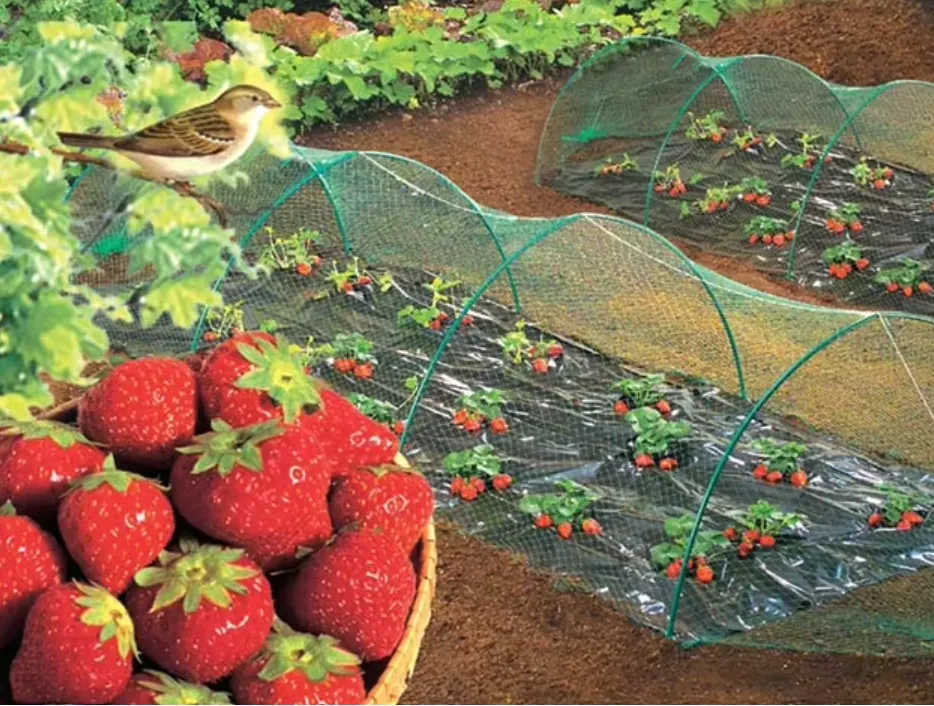-
 Afrikaans
Afrikaans -
 Albanian
Albanian -
 Amharic
Amharic -
 Arabic
Arabic -
 Armenian
Armenian -
 Azerbaijani
Azerbaijani -
 Basque
Basque -
 Belarusian
Belarusian -
 Bengali
Bengali -
 Bosnian
Bosnian -
 Bulgarian
Bulgarian -
 Catalan
Catalan -
 Cebuano
Cebuano -
 China
China -
 Corsican
Corsican -
 Croatian
Croatian -
 Czech
Czech -
 Danish
Danish -
 Dutch
Dutch -
 English
English -
 Esperanto
Esperanto -
 Estonian
Estonian -
 Finnish
Finnish -
 French
French -
 Frisian
Frisian -
 Galician
Galician -
 Georgian
Georgian -
 German
German -
 Greek
Greek -
 Gujarati
Gujarati -
 Haitian Creole
Haitian Creole -
 hausa
hausa -
 hawaiian
hawaiian -
 Hebrew
Hebrew -
 Hindi
Hindi -
 Miao
Miao -
 Hungarian
Hungarian -
 Icelandic
Icelandic -
 igbo
igbo -
 Indonesian
Indonesian -
 irish
irish -
 Italian
Italian -
 Japanese
Japanese -
 Javanese
Javanese -
 Kannada
Kannada -
 kazakh
kazakh -
 Khmer
Khmer -
 Rwandese
Rwandese -
 Korean
Korean -
 Kurdish
Kurdish -
 Kyrgyz
Kyrgyz -
 Lao
Lao -
 Latin
Latin -
 Latvian
Latvian -
 Lithuanian
Lithuanian -
 Luxembourgish
Luxembourgish -
 Macedonian
Macedonian -
 Malgashi
Malgashi -
 Malay
Malay -
 Malayalam
Malayalam -
 Maltese
Maltese -
 Maori
Maori -
 Marathi
Marathi -
 Mongolian
Mongolian -
 Myanmar
Myanmar -
 Nepali
Nepali -
 Norwegian
Norwegian -
 Norwegian
Norwegian -
 Occitan
Occitan -
 Pashto
Pashto -
 Persian
Persian -
 Polish
Polish -
 Portuguese
Portuguese -
 Punjabi
Punjabi -
 Romanian
Romanian -
 Russian
Russian -
 Samoan
Samoan -
 Scottish Gaelic
Scottish Gaelic -
 Serbian
Serbian -
 Sesotho
Sesotho -
 Shona
Shona -
 Sindhi
Sindhi -
 Sinhala
Sinhala -
 Slovak
Slovak -
 Slovenian
Slovenian -
 Somali
Somali -
 Spanish
Spanish -
 Sundanese
Sundanese -
 Swahili
Swahili -
 Swedish
Swedish -
 Tagalog
Tagalog -
 Tajik
Tajik -
 Tamil
Tamil -
 Tatar
Tatar -
 Telugu
Telugu -
 Thai
Thai -
 Turkish
Turkish -
 Turkmen
Turkmen -
 Ukrainian
Ukrainian -
 Urdu
Urdu -
 Uighur
Uighur -
 Uzbek
Uzbek -
 Vietnamese
Vietnamese -
 Welsh
Welsh -
 Bantu
Bantu -
 Yiddish
Yiddish -
 Yoruba
Yoruba -
 Zulu
Zulu
wire fabric mesh
Exploring the Versatility of Wire Fabric Mesh
Wire fabric mesh, an innovative material, has garnered significant attention across various industries due to its unique properties and versatility. Often crafted from stainless steel, aluminum, or other metals, this mesh consists of interconnected wires and provides a wide range of functionalities from simple filtration to intricate decorative uses. Its strength, durability, and flexibility make it an indispensable resource in modern manufacturing, construction, and design.
One of the primary features of wire fabric mesh is its ability to offer structural support while allowing air, light, and liquids to pass through. This property is particularly vital in construction and architecture, where it is often used for safety barriers, infill panels, and protective screens. The mesh can effectively shield areas while maintaining visibility and ventilation, making it an ideal choice for outdoor applications. Architects frequently incorporate wire mesh in building facades to create visually striking designs that enhance aesthetics without compromising on practicality.
In industrial applications, wire fabric mesh performs a crucial role in filtration processes. Its design allows for precise separation of materials based on size, making it invaluable in industries such as chemical processing, food production, and water treatment. For instance, in the food industry, wire mesh is used in sieves and strainers to ensure that contaminants are removed from ingredients, thus preserving both safety and quality. Similarly, in wastewater treatment, fine wire mesh filters are employed to eliminate solid particles, ensuring that treated water is safe for discharge or reuse.
Another important characteristic of wire fabric mesh is its corrosion resistance, especially when constructed from stainless steel. This feature significantly enhances its lifespan, making it a cost-effective solution for long-term use in harsh environments. For instance, in marine applications, wire mesh is employed in the construction of boat trailers and pier supports, where exposure to moisture and saltwater can lead to quicker deterioration of non-resistant materials.
wire fabric mesh

Beyond its functional attributes, wire fabric mesh also serves aesthetic purposes in artistic and interior design contexts. Artists and designers have begun to explore the creative potentials of wire mesh, using it to craft sculptural installations or decorative panels. The interplay of shadows and light created by the mesh adds an intriguing dimension to spaces, allowing for dynamic visual experiences. Furthermore, its lightweight nature enables easy manipulation and installation, making it a favored material in both temporary exhibitions and permanent installations.
Additionally, the customizability of wire fabric mesh increases its appeal. Available in various shapes, sizes, and material compositions, it can be tailored to meet specific requirements of projects, whether it's for industrial, architectural, or artistic endeavors. Manufacturers often offer options such as different wire diameters, mesh densities, and coatings, allowing for enhanced performance specific to the application while ensuring compliance with regulatory standards.
Sustainability is another area where wire fabric mesh proves beneficial. Not only does the longevity of stainless steel mesh contribute to reduced waste and the need for frequent replacements, but many manufacturers also focus on eco-friendly production processes. Using recyclable materials and minimizing harmful emissions during production aligns the manufacturing of wire mesh with contemporary environmental goals.
In conclusion, wire fabric mesh stands out as a multifaceted material with applications spreading across diverse sectors, including construction, industry, and art. Its strength, durability, flexibility, and aesthetic potential make it an ideal choice for a variety of purposes. As industries continue to innovate and prioritize sustainability, wire fabric mesh is likely to play an even more prominent role, adapting and evolving to meet the changing demands of tomorrow's world. Whether utilized for its functionality or its beauty, wire fabric mesh remains a testament to the intersection of practicality and design in modern material science.
-
Shipping Plastic Bags for Every NeedNewsJul.24,2025
-
Safety Netting: Your Shield in ConstructionNewsJul.24,2025
-
Plastic Mesh Netting for Everyday UseNewsJul.24,2025
-
Nylon Netting for Every UseNewsJul.24,2025
-
Mesh Breeder Box for Fish TanksNewsJul.24,2025
-
Expanded Steel Mesh Offers Durable VersatilityNewsJul.24,2025











